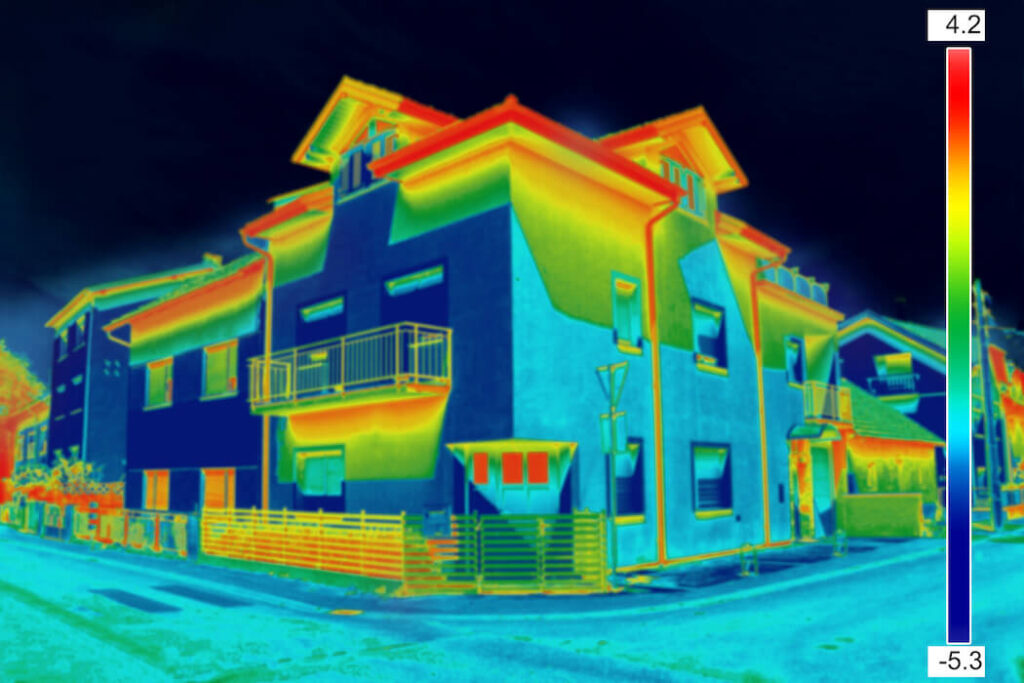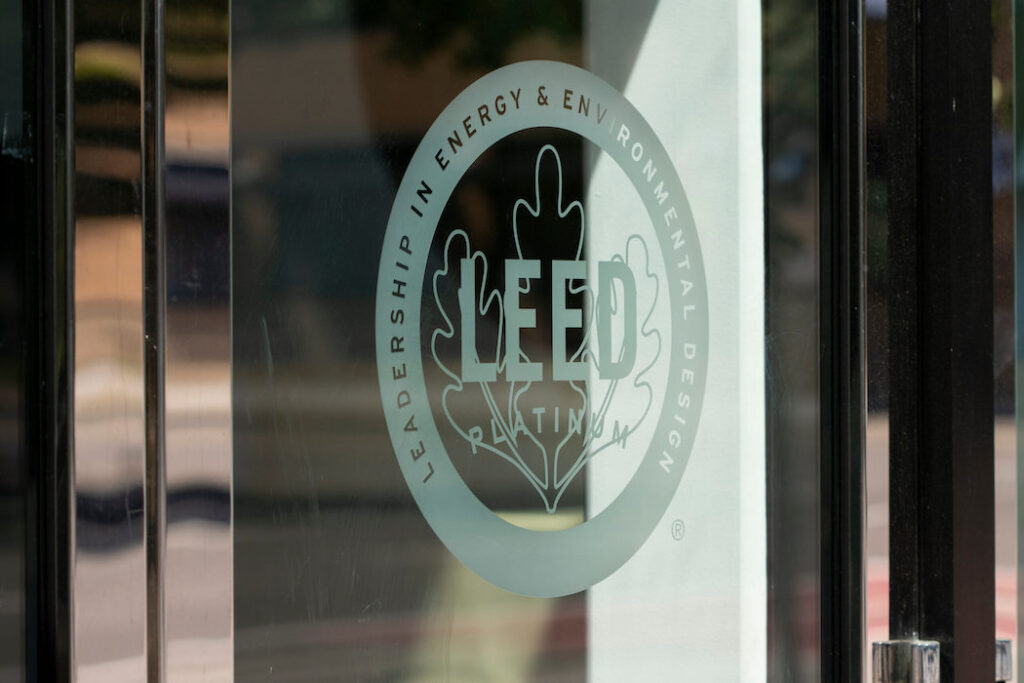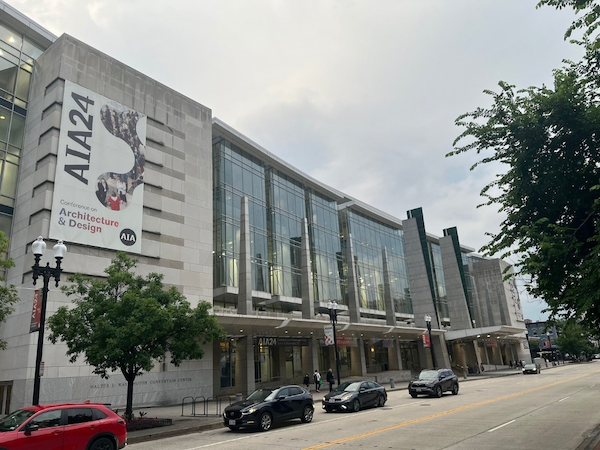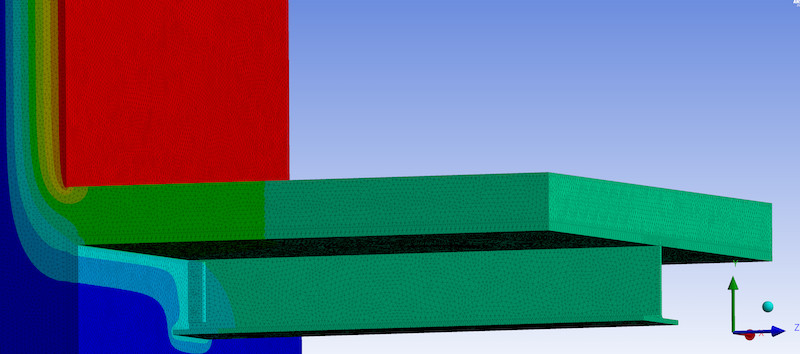
A cold bridge, also known as a thermal bridge, is a common issue in building construction that can lead to increased energy consumption, reduced comfort, structural problems, and even litigation. In this post, we’ll discuss cold bridging, its causes, discuss examples, and effective solutions to reduce it. By understanding the challenges and solutions related to cold bridging, architects, engineers, and contractors can create more energy-efficient buildings.
Table of Contents
- What is a Cold Bridge?
- Common Causes of Cold Bridges
- Types of Cold Bridges
- Examples of Cold Bridges
- Impacts of Cold Bridges
- Solutions for Cold Bridges
- Summary
What is a Cold Bridge?
A cold bridge occurs when a building’s insulation is interrupted or less effective at certain points in the building envelope. These points become pathways for heat to escape from the interior to the exterior OR exterior to interior, leading to energy loss, reduced comfort, and potential moisture-related issues. Cold bridges typically occur at structural elements, junctions, or penetrations within the building envelope.

Common Causes of Cold Bridges
Several factors contribute to cold bridges:
- High Thermal Conductivity Materials – Materials such as concrete, steel, and aluminum have high thermal conductivities, allowing heat to flow through them easily to create cold bridges.
- Structural Elements – Beams, columns, and other structural components can penetrate the insulation layer, providing a direct pathway for heat transfer.
- Inadequate Insulation – Poorly installed or insufficient insulation in areas surrounding structural elements can worsen cold bridges.
Types of Cold Bridges
There are three types of cold bridges, linear thermal transmittance, point transmittance, and clear field transmittance.
Linear Thermal Transmittance (Psi, Ψ):
Linear thermal transmittance, denoted as Psi (Ψ), is a measure of heat flow along a specific linear path or junction in a building’s construction. Linear thermal transmittance is particularly relevant in parapets, wall to foundation transitions, shelf angles and windows jambs.

Point Transmittance (Chi, ꭓ):
Point transmittance, represented as chi (ꭓ), addresses localized or intermittent cold bridges within a building’s envelope. Unlike linear thermal transmittance, point transmittance focuses on discrete structural connections or penetrations, such as structural beams and brackets where heat transfer occurs in an infrequent, concentrated area.

Clear Field Transmittance (Clear field, Uo):
Clear field transmittance, denoted as the clear field (Uo) addresses the overall heat flow from the floor, wall or roof assembly. It is the heat flow of an area and includes uniform building components such as cladding attachments, steel framing and brick ties.

Examples of Cold Bridges
Let’s explore some real-life examples of cold bridges:
- Balconies and Cantilevered Structures – Balconies and cantilevered structures often extend beyond the building envelope, creating areas that break the continuous wall insulation.
- Foundation and Slab Edges – The edges of foundations or concrete slabs can act as cold bridges if not properly insulated, leading to heat loss and potential condensation issues.
- Roof-to-Wall Connections – Roofs meeting exterior walls can be prone to cold bridging. Insufficient insulation at this junction can result in heat loss.
- Floor-to-Wall Junctions – At the junction of a floor and exterior wall, cold bridges can occur due to insufficient insulation at transitions.
- Window Frames and Reveals – Inefficient window frames and reveals can allow heat to escape, creating cold spots near windows. Poorly insulated window frames and gaps between the window and wall can lead to heat loss.
Impacts of Cold Bridges
Understanding the impacts of cold bridges is crucial for architects, contractors, and developers alike, as mitigating cold bridges can lead to more energy-efficient, durable structures. Let’s delve into the various impacts of cold bridges:
Increased Energy Consumption – One of the most immediate and tangible effects of cold bridges is increased energy consumption. When cold bridges allow heat to escape from the interior of a building during cold weather or enter during hot weather, the heating, ventilation, and air conditioning (HVAC) systems must work harder to maintain comfortable indoor temperatures. This results in higher energy bills and greater environmental impact due to increased energy usage.
Reduced Indoor Comfort – Cold bridges can create noticeable discomfort for building occupants. Cold spots near cold bridges can lead to uneven temperatures and drafts.
Moisture Problems – Cold bridges can contribute to moisture-related problems within a building. The temperature gradient between the interior and exterior at cold bridge locations can cause condensation to form, leading to issues like mold growth and water damage to building materials. Moisture-related problems not only compromise indoor air quality but also pose health risks to occupants.

Structural Consequences
Over time, cold bridges can have damaging effects on a building’s structural integrity:
- Steel Structures – In metal-framed buildings, cold bridges can accelerate the corrosion of metal components, reducing their lifespan and structural integrity.
- Concrete Structures – In concrete buildings, cold bridges can result in differential thermal expansion and contraction of materials, leading to cracks and spalling of concrete surfaces.
- Wooden Structures – In wooden buildings, cold bridges can lead to moisture accumulation in structural elements, potentially causing wood rot and compromising the strength of the framing.
Increased Maintenance Costs – Buildings with unresolved cold bridge issues often require more frequent maintenance and repairs. This can include addressing moisture damage, replacing damaged building materials, and repairing or replacing HVAC systems that have been overworked due to increased energy consumption. These ongoing maintenance costs can become a financial burden for building owners or occupants.
Energy Code Non-Compliance – Continuously revised energy codes such as ASHRAE 90.1 are designed to promote energy efficiency that establish criteria for building performance. Cold bridges, which result in increased heat loss or gain, can directly impact a building’s overall energy performance, potentially causing it to fall short of the code standards, especially the ASHRAE 90.1-2022 revision which includes mitigating thermal bridging requirements.
Impact on Building Certification – Cold bridges can affect a building’s eligibility for energy efficiency certifications such as LEED (Leadership in Energy and Environmental Design) or Passive House. Failure to meet the required energy performance standards due to unresolved thermal bridging issues can hinder a building’s sustainability goals and limit its marketability.

Environmental Consequences – In addition to higher energy consumption and greenhouse gas emissions, cold bridges can have broader environmental consequences. As buildings contribute significantly to overall energy consumption and emissions, addressing cold bridges is essential in mitigating the environmental impact of the construction industry.
Tax Incentive Eligibility – Cold bridges increase energy inefficiencies, resulting in higher energy consumption and operational costs. This reduced energy efficiency can undermine a building’s eligibility for tax incentives such as “Energy efficient commercial buildings deduction”
Solutions for Cold Bridges
To mitigate cold bridges and enhance energy efficiency, it is important to design buildings effectively:
- Structural Thermal Breaks – Implement structural thermal breaks at junctions and structural connections within the building envelope to interrupt the flow of heat and minimize cold bridges.

- Insulation and Continuous Insulation – Ensure proper insulation installation, use high-performance insulation materials, and maintain a continuous insulation layer across the building envelope.
- Improved Window and Door Frames – Choose advanced window and door frames with lower thermal conductivity and better insulation properties to reduce heat transfer.
Summary
Cold bridging can compromise energy efficiency, indoor comfort, and building durability. Recognizing common examples of cold bridging and implementing effective remedies, such as proper insulation, structural thermal breaks, advanced framing techniques, and improved window frames, can lead to more energy-efficient and comfortable living spaces. By addressing cold bridging in construction and renovation projects, builders and homeowners can create structures that are not only more sustainable but also healthier and more cost-effective to maintain.
Contact ClimaSpec today for a free consultation on how structural thermal breaks can minimize cold bridging on your projects.


